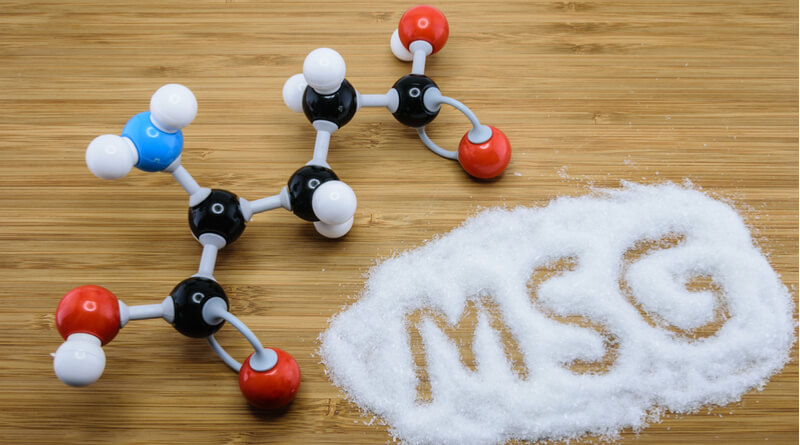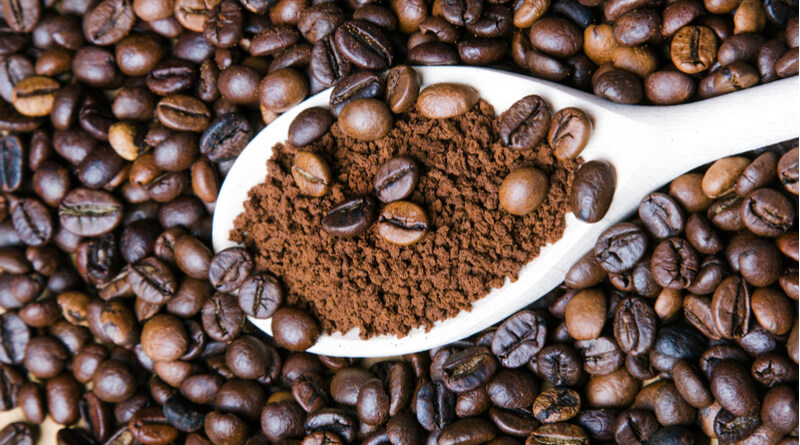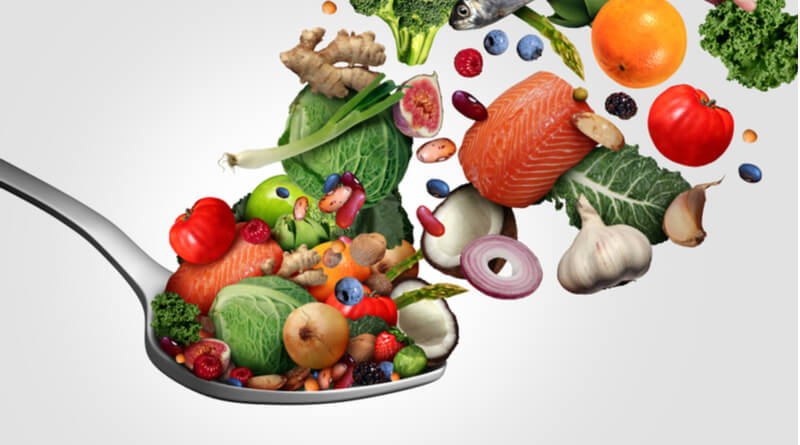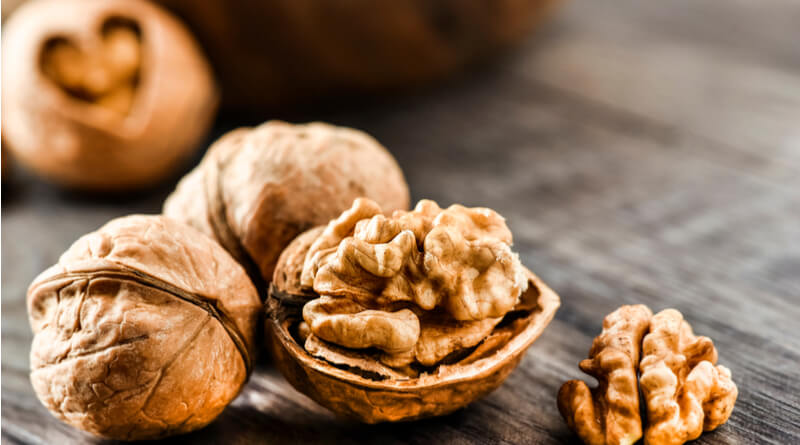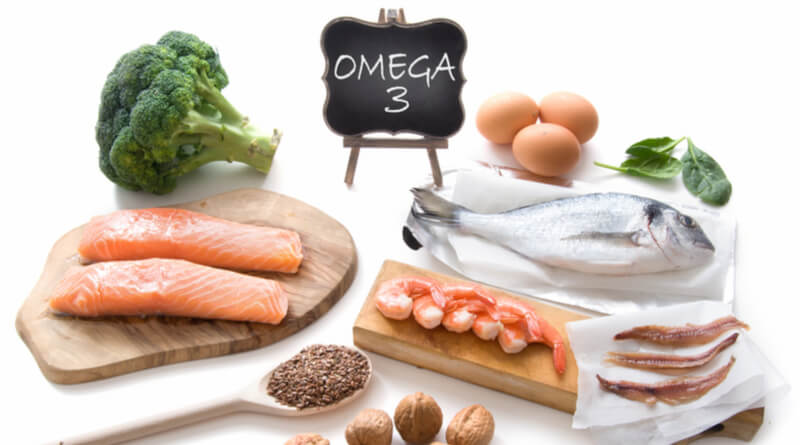MSG is a food additive that sits in a complicated place. In Asia it is eaten everywhere; it is the secret ingredient for many dishes, like ramen. But in the West, MSG is considered to be a taboo. Asian restaurants actually advertise that they don’t serve MSG. Why is a food additive so controversial? The reason for this is primarily because of a book written by Dr. Russel Blaylock, a neurosurgeon. The book titled, “Excitotoxins: The Taste That Kills”, uses a minimum of scientific evidence but claims MSG causes a range of sicknesses and negative symptoms. The truth is, that there is a small size of the population who has an allergic reaction to MSG – the majority of people can eat MSG without any problems.
What Are The Symptoms of MSG?
People who suffer from MSG are said to be suffering from Chinese restaurant syndrome. This is because MSG is typically served inside Chinese restaurants, although it is present in a wide variety of processed foods. Sufferers of Chinese restaurant syndrome experience a wide range of symptoms. They can experience them as soon as 2 hours after eating MSG, and the symptoms can last anywhere from a couple hours to a couple of days. Some of the more common symptoms include:
- Headache
- Sweating
- Skin flushing
- Numbness or burning in the mouth
- Numbness or burning in the throat
- Nausea
- Fatigue
Some of the less common symptoms that can be more severe include:
- Chest pain
- Rapid heartbeat
- Abnormal heartbeat
- Difficulty breathing
- Swelling in the face
- Swelling in the throat
If you have any of these symptoms after eating MSG, it is advised that you go to the hospital immediately.


